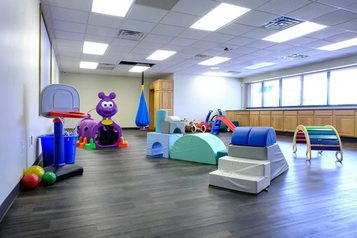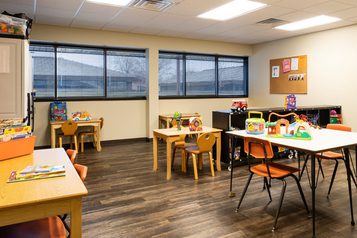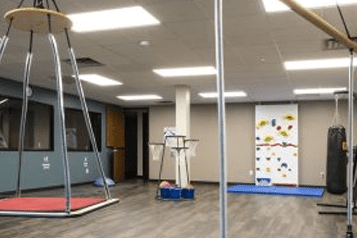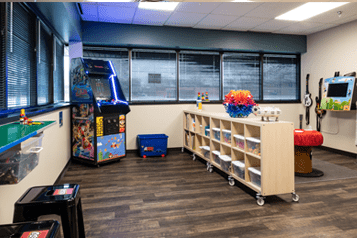Autism Therapy Services In Michigan
One-of-a-Kind Services to Enhance Your Child’s Development
One-of-a-Kind Services to Enhance Your Child's Development
Providing Behavioral Health and Autism Therapy Services in Michigan

Autism Testing & Evaluations
Our highly specialized clinical team administers a variety of evaluations that support families in search of answers.

ABA
Therapy Programs
While most ABA providers focus on servicing children from 2-7 y/o, Healing Haven serves clients up to 16 y/o.

ABA
Parent Training
Learn ABA principles to effectively shape behaviors in your children, as well as contribute to their development.

Speech Therapy
Improve play skills and interpersonal relationships, as well as receptive and expressive language development.

Occupational Therapy
Foster motor, sensory, and executive functioning skills foundational to your child’s ability to live their best life.

Counseling
We serve the entire family with stress management training for parents of kids with autism and other special needs.
See Our Location
Get an inside look at our three clinics serving children, our Early Intervention Clinic, our Young Learners Clinic and our School & Community Readiness Clinic.






About Healing Haven
Founded in 2010 by Jamie McGillivary, MS, LLP, BCBA, we are a team of professionals that have dedicated our lives to bettering the lives of families of children with special needs. We specialize in autism, though we are skilled at treating all children that have behavioral issues or deficits in the area of socialization, language and play.
We are “out of the box” thinkers when it comes to our treatment approach that is rooted in ABA therapy. At our foundation, we believe in listening to each family’s unique set of needs, and creating a plan that treats everyone in the family, all while meeting each person where they are at in their journey.

Join Our Team
At Healing Haven we are very proud of the team we have assembled and the culture of trust and commitment that we embody. Because of the tremendous need for qualified professionals, Healing Haven is always looking to add talented, like-minded individuals to our dynamic team. Use the links below to apply directly through our Indeed page.
